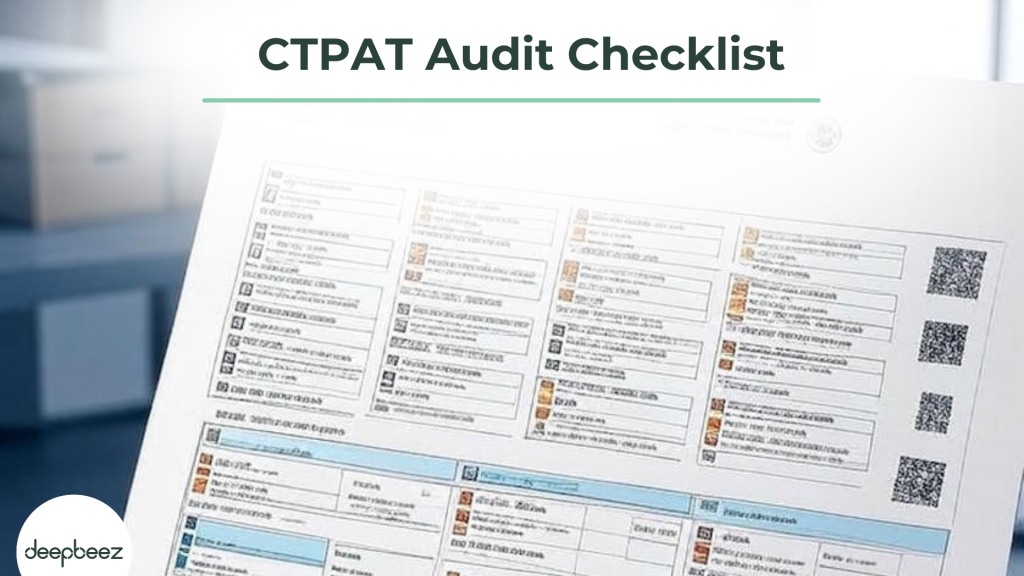Are you tired of shipment delays at customs? Frustrated by endless inspections eating into your profit margins? If you’re in the import/export business, you know these pain points all too well. Or sometimes just a wrong HS Code could cause problems. If everything is about the correct HS code, you can use Deepbeez HTS code lookup tool. But what if I told you there’s a way to significantly reduce these headaches while simultaneously strengthening your supply chain security?
Welcome to the world of CTPAT certification—a game-changer for international traders looking to streamline their customs processes.
